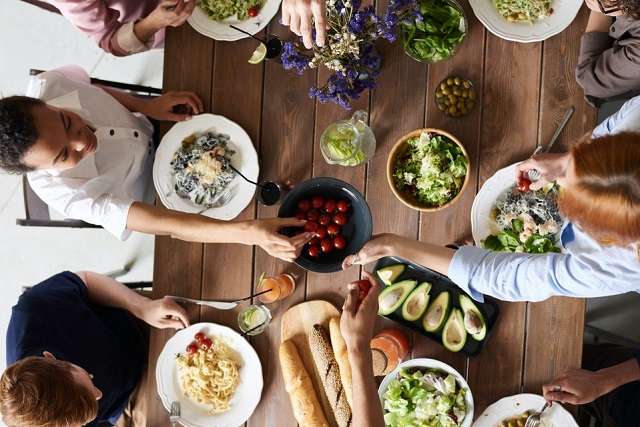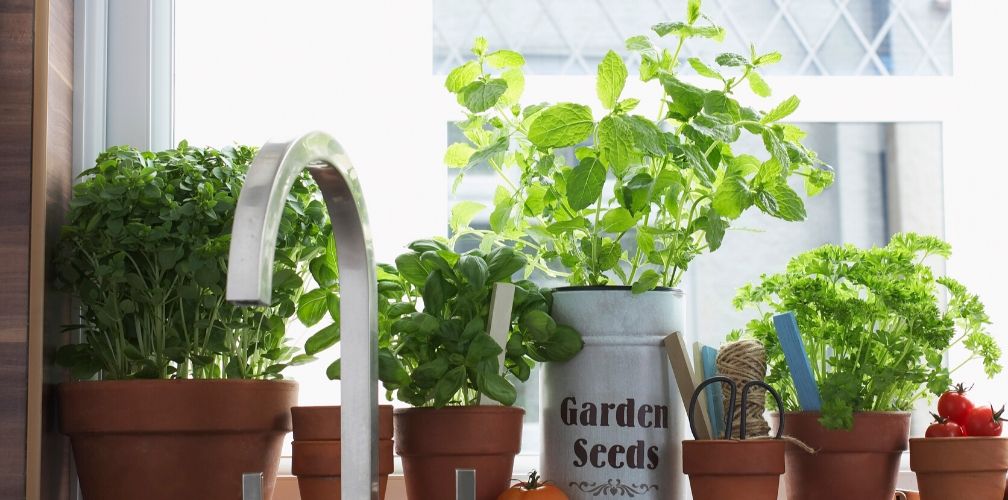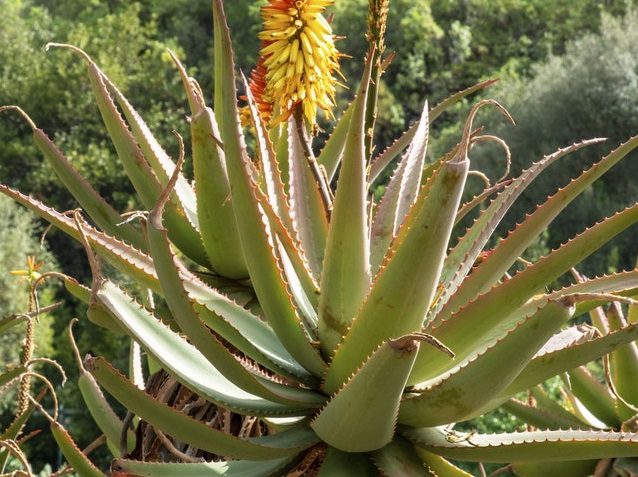In this post, we make a case of why you need to be a locavore who likes eating local. The easy choice of growing your food, or buying from local farmers remain the best choice to reduce food waste and GHGs emissions. As one, you will be a consumer who prefers mostly, or only locally grown foods. You can get these supplies if you grow, buy or dine in local food joints more often.
Kenya is a food-insecure state. She is a net importer of food products like milk, maize and fruits. Some of her supplies like tilapia if flown from miles in China. Interestingly, the country is agro-ecologically fit (soils, weather, knowhow) to supply excess food for domestic and export markets.
Benefits of eating local-grown food
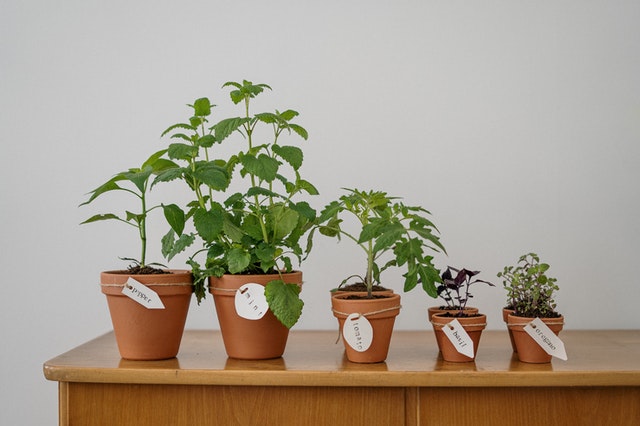
There are various benefits if you shift to grow your food, or buy from local farmers. You will save money, enjoy fresh and quality vegetables as you boost local investments and job creation in your area.
Besides, it’s a chance to reduce food waste and the emission of GHGs. You will reduce the distance of miles that food is flown from the farms to the fork. Second, you will reduce the number of food products transported by air, food waste and energy utilization. The above measures will have an impact on cutting GHGs emissions and increasing local food production, among other benefits.
Growing your organic food has eco-friendly benefits. You will reduce the use of commercial animal feed, chemical pesticides and fertilizers. When you buy fresh products, you cut on food transport, storage, and processing. Local food sheds have a moderate amount of food losses. All these measures cut on GHGs emission per individual.
Raising your food is a frugal way to cut expenses on food. You can grow it in your backyard, containers or a kitchen garden. Use the savings to invest in other areas.
Local food is cheaper for you. Fresh produce has a shorter supply chain, as farmers make direct sales to consumers. This cuts on transport, processing and packaging costs. Plus, few brokers cut marginal profits that they pass as a cost to the ultimate consumer.
As a locavore, you will access fresh food direct from your own or neighbor’s farm. You can enjoy its flavor, taste, and nutrition quality.
Spending money to buy or eat on local food will boost the local investment. By the multiplier effect, it will grow the micro and macro economies. As you enjoy them, you will create job opportunities for people across the entire local food value chain/shed.
Why you need to stop eating imported food
Sourcing your food from far has disadvantages on the environment, economy and health. These are;
Industrial farming aims at efficiency and profits. On the downside, it has a high emission of GHGs. The bulk of it comes from food factories, caged livestock and production of fertilizers, pesticides and animal feeds. The global food system emits 20–30% of total human-made greenhouse gases (GHGs). These cause global warming and climate change that impacts the sustainability of the current and future posterity.
If you rely on food sourced from far, you have a larger emission volume compared to someone who buys food from nearby. Its Post-harvest stages like transport, storage, and processing have significant amounts of GHGs. It required more energy to refrigerate, pack and retail. Besides, it has high food waste and disposal during its catering and consumption.
You may enjoy “stale” food, which has lost its flavour and nutrition qualities in the long transit. Canned and preserved products are not better, they use preservatives to slow down on its spoilage, and these may be toxic to eat. Lack of control on the value chain exposes you to food contamination with pathogens or food chemicals.
Global value chains are more vulnerable than local ones. A slight disruption in transport or logistics can have an enormous impact on food supply and prices. During the onset of COVID-19 lockdowns; countries dependent on imported food had such shocks.
Buying food from foreign farms reduces local wealth. You fail to boost farmers and businesses in your state affecting its economy.
Finally, Food imports have to comply with set standards in the country of destination. If it has not followed the set growing packaging or shipping rules like moisture content and appearance, it will be rejected. Though, it may be fit for human and animal consumption. These rejects lead to income and food loss and emission of GHGs.
10 Ways to Consume Food More Locally
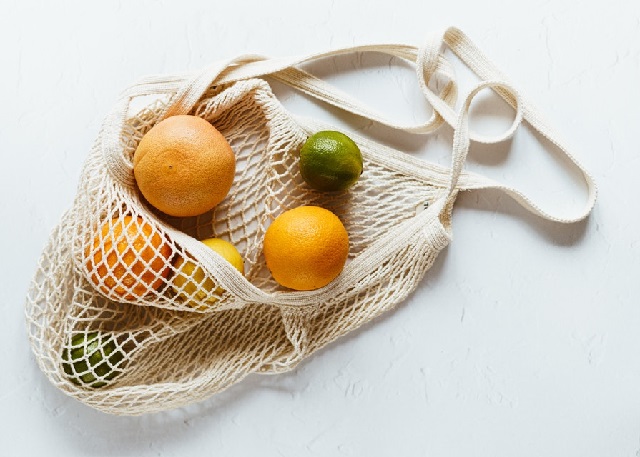
As shown above, eating more locally-grown food will cut on your carbon footprint and food waste. To become a locavore cheaply, you will observe several dietary patterns and consumption practices as follows;
Home gardening;
- Plant your own garden. If you can, grow some green vegetables and fruits in a kitchen or home garden for a salads. you can do it the back yard, balcony, sacks or raised gardens depending on your available space and goals.
- Practice organic farming to reduce the use of synthetic farm chemicals and fertilizers. simple organic farming methods like home-composting. inter-cropping and mulching are not only ecologically beneficial but also cheaper.
- If you prefer having a kitchen garden, plan and grow only what you need without excess to reduce on post-harvest food losses.
Shopping;
- Join a local farmers association or collection. Become a part of larger group to promote farmers and traders with similar sustainability and environmental values like you
- shop in a farmers market only; Limit buying processed and imported food products. These use large amounts of fossil fuels for energy to make and distribute that hurts the environment.
- Reduce packaging wastes by reusing and recycling food packages like airtight containers. Buy more of unwrapped food and bring your grocery shopping bags.
- Ask the Right Questions; As you shop for local fresh produce, have a chat with farmers and traders to understand how and where the food was grown. And buy what is on season to save money on low prices
Dining;
- Cook more often at home to limit the times you dine out. Make meals for multiple people or, make several servings of food at once to save on energy and preserve for later use.
- Preserve food; Freeze, can or preserve. During the bountiful summers, abundant fruits and vegetables can be frozen, canned and preserved for fresh, local produce later in the year.
- Fruits vegetables and whole grains meals have quality nutrition and are way cheaper than meat products. A lifestyle change to eating them raw has an impact on your health and emissions.
- Substitute some livestock products with plant foods. On average, beef and dairy cattle emit most (40%) to the total GHGs from livestock. Non-ruminants such as pigs and chickens contribute less while grains and cereals have the least contribution.
The businesses and governments need to adopt better policies and add Investments to develop production, handling and supply of local food supplies. It can be favourable taxation, subsidies or infrastructural support.
